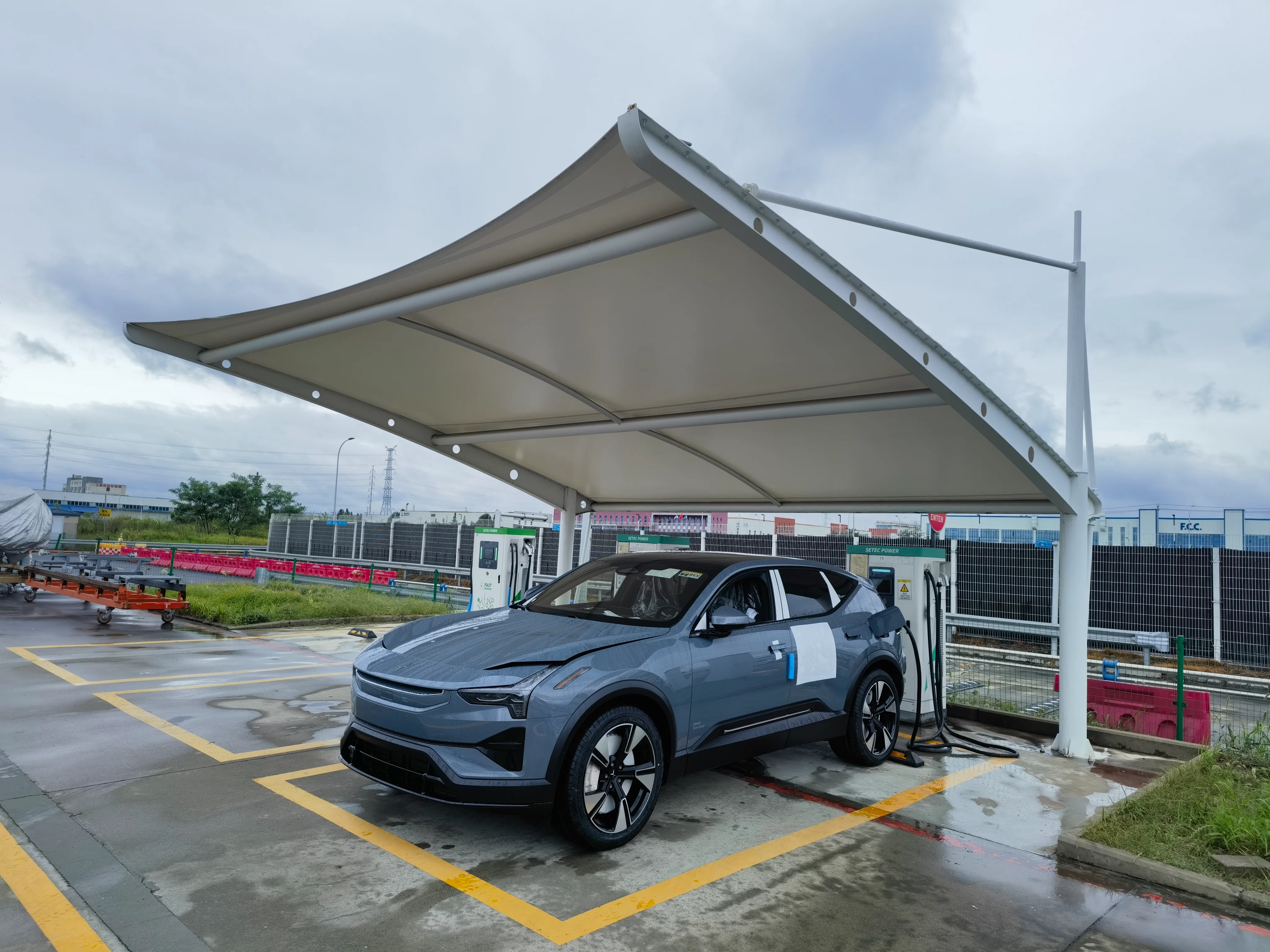Nov 23, 2023
Project background and funding sources
The NEVI plan is derived from the Infrastructure Investment and Jobs Act, which came into law in November 2021 and signifies the federal government's dual commitment to infrastructure and the green transition. The bill not only aims to revitalize the country's infrastructure, but also emphasizes the transition to a low-carbon, environmentally friendly mode of transportation. To that end, NEVI plans to secure up to $5 billion in earmarked grants over the next five years to build an EV charging network across the country.
Allocation of funds with interstate collaboration
To ensure the effective use of funds and the balanced progress of the project, the NEVI program uses a set of allocation mechanisms that take into account factors such as the existing electric vehicle ownership and the length of alternative fuel corridors, and allocate funds precisely to the states. Each state is required to submit a detailed implementation plan that specifies the specific plan for the charging infrastructure, which is reviewed and approved by the federal government to ensure that the project meets the national strategic direction and fairness and accessibility standards.
Goals & Vision
The core goal of the NEVI program is to build a widespread, convenient and efficient national EV charging network covering major highways, urban areas and remote areas, making EV charging as easy as refueling traditional combustion vehicles. The move aims to break the main bottleneck in the adoption of electric vehicles and enhance the confidence of consumers and businesses to choose electric vehicles, thereby accelerating the expansion of the electric vehicle market, effectively reducing greenhouse gas emissions, and promoting the realization of national sustainable development goals.
In addition, with a strong emphasis on equity and accessibility, the NEVI program aims to promote EV charging in underserved and disadvantaged communities to ensure that the dividends of the transportation transition reach all segments of society and regions. At the same time, the program is also seen as an engine of economic growth and innovation, which is expected to lead to a boom in the emerging electric vehicle infrastructure industry, generating new jobs and technological innovation.

Implementation details and standards
At the implementation level, NEVI plans to strictly follow a series of standards and specifications to ensure that charging stations are properly laid out, compatible with equipment, and highly efficient. Specifically, the plan focuses on key nodes along federally designated alternative fuel corridors, particularly the interstate highway system, to enable the strategic placement of charging stations. At the same time, specific requirements are set for the type, power and number of chargers to meet the charging needs of different types of electric vehicles.
Fund allocation and management system
The New Energy Vehicle Initiative plans to scientifically allocate financial resources to states based on a comprehensive evaluation system. The system takes into account key factors such as the current number of electric vehicles in each state and the length of the designated Alternative Fuel Corridor (AFC) to ensure that funding is fairly and rationally distributed. The states then assume the core responsibility of fund management, covering the whole chain of charging station planning, equipment procurement, installation and commissioning.
State-level deployment strategy planning
States are required to develop and submit a strategic plan for the deployment of EV infrastructure, detailing plans for the use of funds to ensure alignment with the overall approach and specific goals of the EVI initiative. These options go through a rigorous review and approval process by the Federal Highway Administration (FHWA) to ensure compliance and efficient use of funds.
Equity and accessibility
With a particular emphasis on the importance of building EV charging infrastructure in under-resourced and disadvantaged communities, the program aims to promote universal and equitable EV adoption and ensure that all communities have access to EV charging services.
Cybersecurity and Data Management Framework
The NEVI program recognizes cybersecurity as a key element of charging infrastructure and requires states to follow strict cybersecurity standards to ensure the stability and safety of the charging network. At the same time, the program also places a high emphasis on data collection and sharing mechanisms to provide data support for optimal decision-making through continuous monitoring of charging usage patterns, operational efficiency, and maintenance needs.
Technical support and resource integration
In order to efficiently promote the deployment of EV charging stations, the program provides comprehensive technical support and resource matching services, including EV infrastructure development planning consulting, financing strategy guidance, and industry best practice sharing.
Interoperability and standardization
Promote interoperability across different charging networks and provide a seamless charging experience for EV users through the development of unified payment systems, connector standards, and user interface design.
Challenges and opportunities coexist
The implementation of the new energy vehicle plan faces many challenges, such as the upgrading and expansion of existing infrastructure, the rapid development of electric vehicle technology, and the balanced distribution of funds and resources across regions. However, these challenges also provide opportunities for economic growth, job creation, innovation in green technologies, and the development of public-private partnership models.
Profound implications for the adoption of electric vehicles
By building a reliable charging network system, the new energy vehicle program has effectively alleviated the "range anxiety" of electric vehicle users, greatly improved consumer confidence, and laid a solid foundation for the expansion of the electric vehicle market. At the same time, the plan is also of great significance for the achievement of sustainable development goals such as reducing greenhouse gas emissions and reducing dependence on fossil fuels.
Looking to the future: a cultural shift in sustainable mobility
The new energy vehicle program is not only an infrastructure construction initiative, but also a cultural symbol of the transition to a sustainable transportation model. Its successful implementation will have a profound impact on future transport policy formulation and set a new benchmark for environmental protection. The new energy vehicle plan will continue to respond to challenges and seize opportunities, promote the leapfrog development of the transportation industry, and open a new chapter in the future of United States green and electrification.



